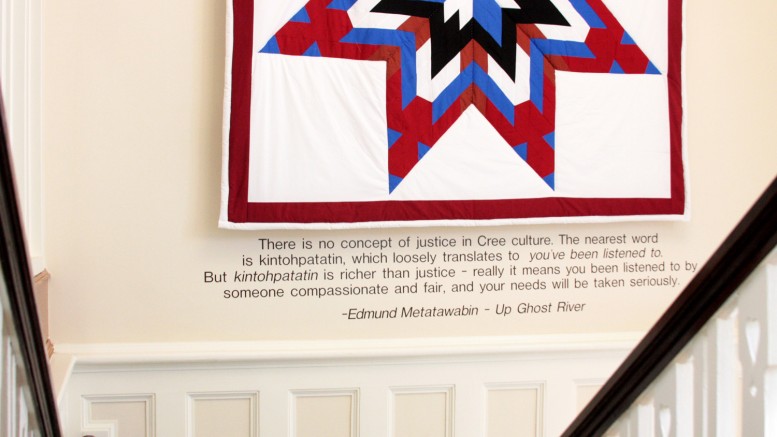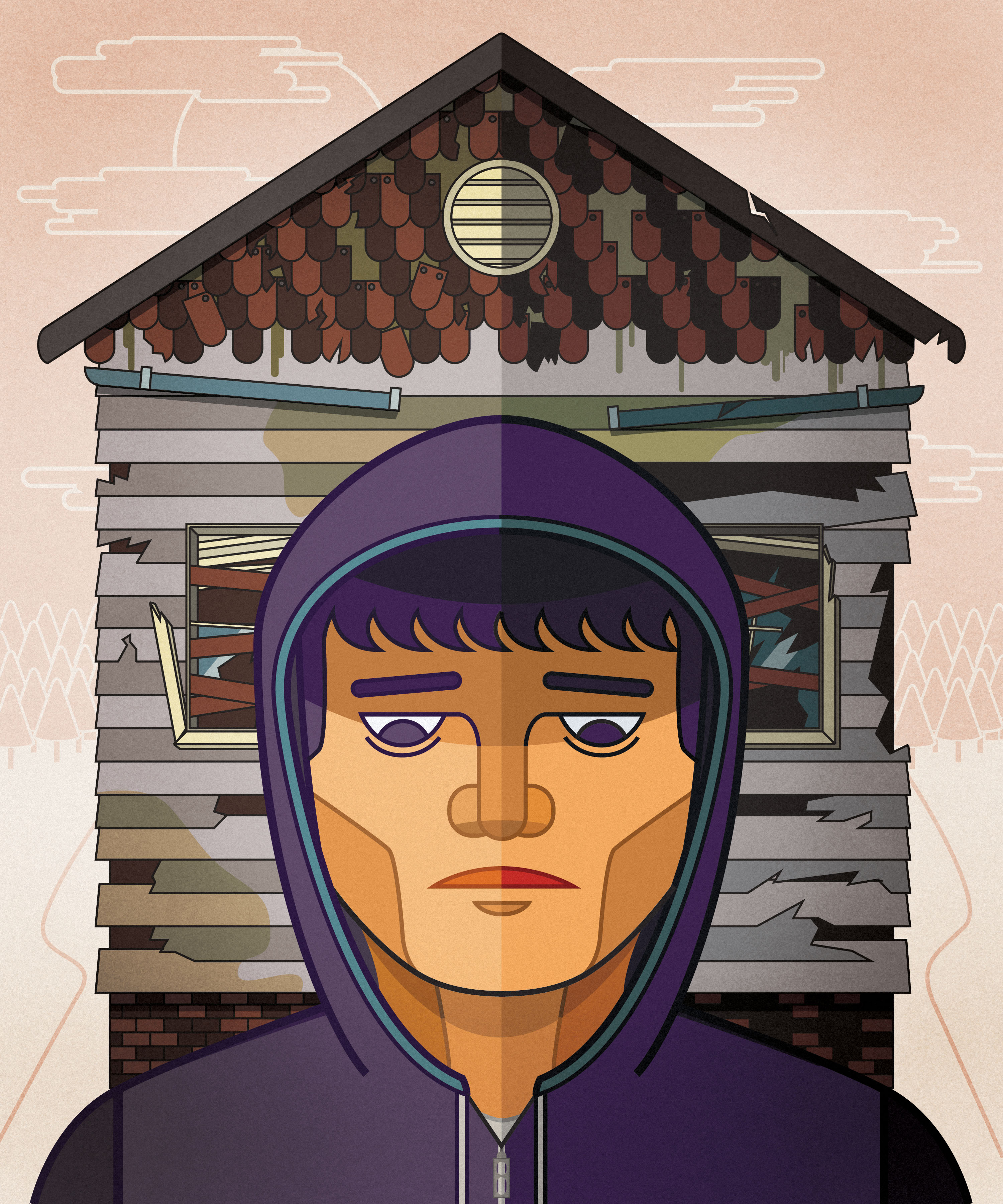On Sept. 26 the National Post published a letter about the lack of indigenous issues at the forefront of federal election platforms, denouncing the silence from each of the major political parties on such issues at the past three leaders’ debates.
Specifically, the lack of conversation on reconciliation remains an embarrassing gap in our election.
In the letter, Wab Kinew, associate vice-president of indigenous affairs at the University of Winnipeg, called on federal politicians to discuss how they would implement the Truth and Reconciliation Commission’s (TRC) recommendations. The letter was signed by 22 other people from a variety of professions and backgrounds from across Canada.
While all parties have put forward background documents outlining their positions on indigenous issues, these conversations have yet to be a part of national debates.
As university students preparing to take on leadership roles in our society in the very near future, it is important that we have the courage to be honest with ourselves and each other about the present state of our country: to acknowledge its strengths and weaknesses.
We also need to have an understanding of our history in order to move forward.
In the opening paragraphs of the truth and reconciliation summary report, the commissioner outlines the history of the relationship between indigenous people in Canada and the federal government, laying down the foundation for reconciliation in the Canadian society.
“For over a century, the central goals of Canada’s Aboriginal policy were to eliminate Aboriginal governments; ignore Aboriginal rights; terminate the Treaties; and, through a process of assimilation, cause Aboriginal peoples to cease to exist as distinct legal, social, cultural, religious, and racial entities in Canada,” the report states.
Residential schools
When Canada first became a country in 1867, there were residential schools run by churches already in operation, dating back to the 1840s. The Indian Act was enacted in 1876, effectively allowing the federal government to establish residential schools. The government started phasing out mandatory residential school education in the 1950s and 1960s, with the last federally funded residential school closing in the 1990s.
Under the residential school system, indigenous children were removed from their families and immersed in federally run schools. They were taught the ways of European culture, told that their own culture was wrong, and were not allowed to speak their language. This, as the TRC explains in their report, was an act of cultural genocide.
Even though residential schools have been shut down, the effects are evident today.
From the 1960s until the 1980s there was an increase in the number of indigenous children adopted by non-indigenous families, sometimes without the knowledge or consent of their parents and communities, in what was known as the Sixties Scoop.
In a study titled “Pathways to the Overrepresentation of Aboriginal Children in Canada’s Child Welfare System,” which compared child welfare services provided to aboriginal and Caucasian children in Canada, the authors state that between the years 2000 and 2002, 40 per cent of children in the child welfare system were aboriginal, yet aboriginal children represented less than five per cent of the child population.
Treaties
The report by the TRC, along with the report of the Royal Commission on Aboriginal Peoples, provides a blueprint for moving forward, according to Niigaanwewidam Sinclair, assistant professor and acting department head of native studies at the U of M.
The Royal Commission on Aboriginal Peoples identifies treaties as the starting point for reconciliation, but Sinclair argued that the main issues are rooted in the constitution.
“Treaties are established agreements that were intended to create a peaceful and beneficially reciprocal relationship,” Sinclair said.
“It will only be opening up the constitution that will bring true reconciliation. Until then everything else is just fixing the windows.”
Sinclair was referring to section 91(24) of the Constitution Act of 1867, which stipulates that the federal government has control over “Indians, and Lands reserved for Indians.” Section 35(1) of the Constitution Act of 1982 recognizes the treaty rights of the aboriginal peoples of Canada.
Sinclair argued that neither of these sections go far enough towards the reconciliation that is necessary for Canada.
Reconciliation is not only important for policy makers, educators, and politicians – it is important for all Canadians. We need to recognize that we all suffer when integral voices in our country are not heard.
A united front
A group of U of M colleagues – including Sinclair, history professor Adele Perry, sociology professor Andrew Woolford, and Adam Muller, associate professor of English, film, and theatre – have put together a petition in support of the TRC’s final report, asking all levels of government to address its findings.
Woolford told the Manitoban why this transformation has significance for him.
“I live in a society that made genocide possible. I inhabit an institutional world that sought to eliminate indigenous peoples as cultural groups and that has not undergone sufficient change to ensure that these destructive tendencies cease. So I am implicated in this society and have a responsibility to contribute to change.”
At an individual level, we can all take steps by trying to understand the history of our country and its people. This may involve reading the TRC report and its recommendations for action.
Ry Moran is the director of the National Centre for Truth and Reconciliation located at the U of M’s Fort Garry campus. He told the Manitoban what he thought students can do to create change.
“We all have a collective obligation to become informed of the issues and the challenges of reconciliation. We need to understand why the call to reconciliation is so loud in society right now. I think all citizens and students have been asked to learn more about this history,” Moran said.
“The issues facing indigenous peoples are as critical today as they ever have been.”
Racial divides still exist in Canadian society. This is a Canadian problem, not just a First Nations problem. Once we understand this, we will know why the lack of conversation among federal leaders is so appalling.




